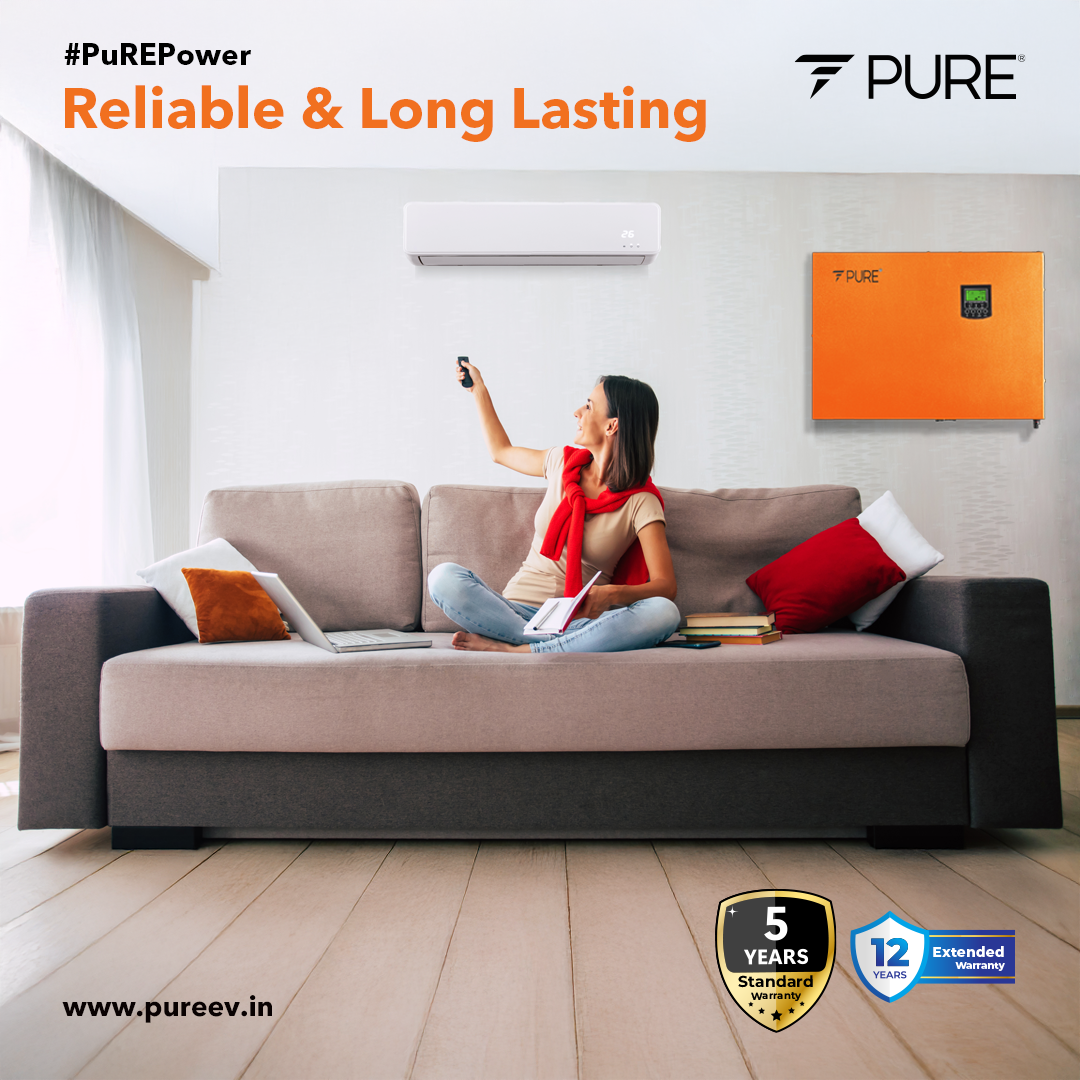Why I learned to take backups personally
I used to make a stupid assumption: “power cuts? meh, they’ll be short.” That changed one July when my apartment block went dark for six hours during a heatwave. No fan, no charger, and the fridge humming its last gasp like a dramatic soap opera. I burned through candles (and dignity), tried to work off a phone battery that went from 80% to 12% in two hours, and swore never again. That’s when I started poking around actual solutions and ended up learning more about volts, amps, and how not to turn your living room into a candlelit yoga studio.
If you’re reading this because you want peace of mind, or because your relatives insist on “just a small inverter,” you’re in the right place. This is not a spec sheet. It’s a real, slightly messy, human-friendly run-through of what matters when picking a power backup battery for home and why some choices are quietly genius while others are backyard-level regrets.
options (and why they matter)
Pick your priority first: cost, runtime, space, or maintenance. The title you choose in your head will guide the rest of the decision. Want cheap? Expect compromises. Want long runtime? Expect a larger footprint and price tag. Want zero hassle? Get a reputable brand and pay for simpler tech. Simple as that.
Types of home backup I actually recommend (and ones to be wary of)
There’s a lot of marketing noise. Here’s the reality, boiled down and sugar-free:
Lead-acid inverters (old school, heavy, cheap)
These are the “classic” inverters people think about. Pros: initial cost is lower and they’re widely available. Cons: heavy, need regular maintenance, shorter life span, and terrible if you live in a small apartment where lugging a 60 kg battery is not a vibe. Fine if you’re on a tight budget and don’t mind swapping distilled water every few months (yes, really).
Lithium-ion battery systems (modern, compact, low-maintenance)
These are the good-looking cousins: lighter, more efficient, and they last longer (in cycles). Higher upfront cost but lower running hassles. If you want your setup to feel like it belongs in 2025 and not 1995, lithium is the way. Also, they charge faster which is lovely during short power windows.
Hybrid systems / solar-ready setups
If you’ve ever thought, “what if my roof did something useful,” this is for you. Hybrid systems let you integrate solar panels later, saving fuel and electricity long-term. They’re more expensive upfront, but more future-proof. Great if you live somewhere with decent sun and you don’t want electric bills to be the main villain of your life.
Portable UPS / small battery backups
These are for very specific use-cases: keep your router, a lamp, and a laptop running. Not for fridges or ACs, unless you enjoy warming milk. Good as a supplementary item — handy during short outages and useful if you want to avoid a full-installation drama.
How to pick capacity without crying over math
Nobody wants to stare at formulas, so here’s the practical approach:
- Make a list of essentials you want to run during an outage (fridge, fan, lights, Wi-Fi, maybe a TV).
- Check their wattage — you can find this on the device sticker or a quick Google search.
- Estimate hours you’ll need (real talk: 4–8 hours is a common target).
- Multiply watts × hours to get Wh (watt-hours). Add ~20–30% extra for inefficiencies.
- Choose a battery whose usable Wh meets or exceeds that number.
Example: A 150W fridge compressor + 50W fans + 50W router = 250W. For 6 hours: 250 × 6 = 1500 Wh. Add inefficiency and startup currents (fridges spike), and you’re safely looking at ~2,000 Wh usable capacity. In plain words: pick a battery with headroom.
Niche facts and less-talked-about details people miss
- Startup currents: appliances like refrigerators and water pumps draw 2–3x their running wattage when they start. Your inverter needs enough surge capacity to handle that.
- Depth of discharge (DoD) matters: if a battery is rated 10 kWh but you can only use 50% safely, that’s effectively 5 kWh. Lithium batteries tend to allow deeper discharge than lead-acid.
- Cycle life: lithium usually offers thousands of cycles, lead-acid a few hundred. More cycles = longer lifespan = better value long-term.
- Cabinet ventilation: batteries get warm. Keep them ventilated and away from direct sunlight or hot storage spots.
- Online sentiment: city Facebook groups and WhatsApp circles will often share brand horror stories — they’re noisy but useful. Read the complaints as carefully as the praise.
Real social-media vibe (what people actually say online)
Scroll through community groups and you’ll see two themes: (1) people loved switching to lithium because the maintenance disappeared, and (2) a lot of horror stories about cheap inverters failing after six months. Reddit threads and local forums are full of “don’t buy X if you want Y” — which basically translates to “pay a little more now, save a huge headache later.” User reviews are messy, but patterns emerge: battery swelling, poor customer service, and flaky warranties appear repeatedly for certain brands. That’s why brand reputation is more than a logo — it’s proof that the supplier will pick up the phone when your setup hiccups.
Installation, placement, and safety (because this isn’t a toy)
- Place your battery in a cool, ventilated spot. No cooking ranges. No sun traps.
- If you have a lead-acid setup, periodic maintenance is non-negotiable. If you hate that, go lithium.
- Hire a certified installer. The saving you get by DIYing is not worth potential damage or shortened battery life.
- Keep kids and pets away. These are heavy, often electrical, and not great for curiosity.
Cost vs comfort — where to spend and where to save
If your power issues are frequent and long, invest in a higher capacity, better-quality system. Pay more for lithium if you dislike maintenance and want compactness. Save on ancillary things if needed — for example, you can buy decent cables and a mid-tier inverter and still have a strong system without splurging on everything.
A little story (because I promised honesty and small mistakes)
I once bought a cheap UPS for my router. It lasted three months and then decided to be decorative. I cursed, learned the hard lesson of brand reviews, and finally invested in a properly rated inverter. The difference wasn’t just the uptime — it was the peace of mind. Friends told me similar tales: a slightly higher budget saved them from multiple replacements and constant calls with customer support.
Quick checklist before you buy
- Calculate your Wh needs with a safety margin.
- Pick lithium if you want compact and low-maintenance.
- Ensure the inverter handles surge loads for fridges/pumps.
- Confirm warranty terms and local service support.
- Check that installation is done by a certified technician.
Final, honest gist (no fluff)
A solid power backup battery for home is not a luxury if you live where power is unreliable. It’s convenience, safety, and sanity rolled into one box. Buy based on real need (calculate your load), prefer reputable sellers, and spend on parts that matter — battery chemistry and surge handling. If you’re still undecided, browse models, compare spec sheets, and read user comments; then sleep better knowing your fridge won’t betray you in the middle of a storm.




